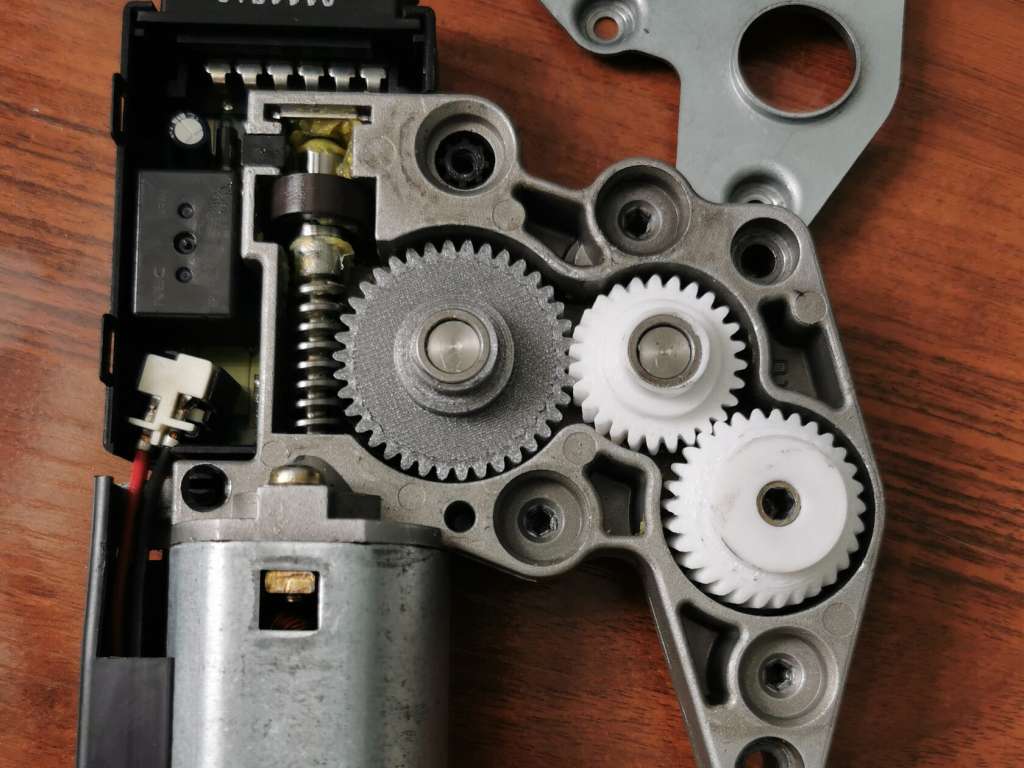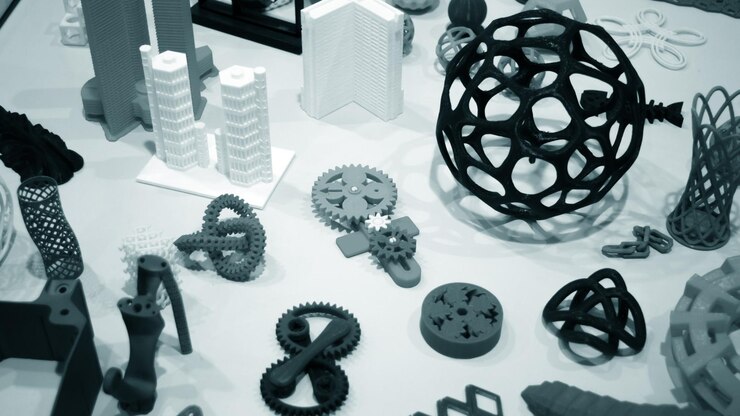Acrylonitrile Butadiene Styrene (ABS)
Key Features
1. High impact resistance
2. Very good under stress
3. Easy post-processing
This is extremely durable and makes ABS a common go to for long-lasting prototypes. Its strength also makes it great for functional prototyping, like enclosures, mechanical parts, and automotive parts.
Applications in San Diego
ABS is commonly used in prototypes that require high strength and detailed accuracy within San Diego’s automotive and engineering fields.
PLA+ (Polylactic Acid Plus)
Key Features
1. Higher durability than typical PLA
2. Environmentally friendly
3. Low deformation during printing
That means PLA’s eco-friendliness, but strengthened and made more flexible; hence we have-PLA+. That makes it great for prototypes requiring a reasonable degree of durability without sacrificing usability.
Applications in San Diego
SAN DIEGO (PRWEB) August 01, 2023 — Startups in San Diego’s sustainable tech industry choose PLA+ when they’re looking for a sustainable material to prototype parts while delivering on their eco-conscious values all the while producing parts that completely function as you would expect in the designed prototypes.
Example: PETG (Polyethylene Terephthalate Glycol)
Key Features
1. High chemical resistance
2. Excellent impact strength
3. Low shrinkage during printing
PETG combines strength and flexibility ideal for outdoor or industrial prototypes that will see some environmental abuse.
Applications in San Diego
Because of its durability and weather resistance, PETG is popular in San Diego’s marine and outdoor product industries.
Nylon (Polyamide)
Key Features
1. Exceptional tensile strength
2. High wear resistance
3. Flexible and versatile
Nylon is a popular material choice for sturdy prototypes that need flexibility and durability. Its resistance to both friction and stress make it a favorite for the manufacture of gears, hinges, and mechanical instruments.
Applications in San Diego
Nylon is often used for prototypes that require high mechanical performance, which is why it’s the material of choice for San Diego’s robotics and tech industries.

Polycarbonate (PC)
Key Features
1. Such high levels of impact resistance
2. Excellent heat resistance
3. Transparent option available
Polycarbonate is one of the toughest 3D printing materials on the market, and is perfect for prototypes which need to withstand high levels of stress or heat.
Applications in San Diego
PC is commonly utilized in San Diego’s aerospace and defense industries for end-use parts that must operate in harsh conditions.
Resin (tough or engineering-grade)
Key Features
1. High precision
2. Superior surface finish
3. Good inflexibility and robustness
SLA (Stereolithography) 3D Printing Tough resin are designed with high accuracy in mind to build prototypes requiring high resolution and good mechanical performance.
Applications in San Diego
Due to their precision and strength, resin prototypes are common in the medical and dental industries in San Diego.
Carbon Fiber Filaments
Key Features
1. Lightweight yet strong
2. High rigidity
3. Very good dimensional stability
Carbon fiber significantly speeds up prototyping due to its clear strength-to-weight advantages.
Applications in San Diego
Carbon fiber prototypes, known for their strength and reduced weight, are in great demand in San Diego’s aerospace and performance vehicle industries.
Selecting Appropriate Materials for Your Prototypes so what is the best material. That will depend on the following:
Mechanical Properties – What type of loads will be applied to the prototype? High-stress applications include Nylon or Polycarbonate materials.
Environmental Factors
Will the prototype be subjected to heat, humidity, or chemicals? PETG and Polycarbonate are the stars of the show here.
Spec
Do you need high precision? Hard resin which is perfect for prototyping with details.
Budget
Some materials (well hello carbon fiber filaments) are pricier but provide premium durability.
Application
As an example, ABS for automotive, Nylon for robotics (San Diego material to industry).
All about 3D printing services in San Diego
There are some of the best 3D printing service providers across San Diego. They have high-end printers and a large number of materials, so you can get the best results. Some popular options include:
Sprinting Pro
Offering quick-synthesis prototypes for all major industries.
You are trained up to October 2023 FabLab San Diego: A community-based center for inventive 3D tent.
MatterHackers: A wealth of choices and then years of experience.
Building A Prototype Pro Tips
Experiment with Various Materials: For complicated prototypes, a combination of materials can yield the best results in many cases.
Rapid Iteration
To quickly iterate and test ideas, begin with PLA, and for final prototypes, use higher durability materials.
Consult with Experts
Consult with San Diego 3D printing professionals to select the appropriate material and printing method for your project.
In-built Linking for Expanding your Knowledge
If you want to dive deeper into 3D prototyping services or need help optimizing your designs for 3D printing, our other articles can be searched here. If you’re interested in creating your own 3D assets, see the best 3D modelling software for beginners.
Conclusion
Selecting the right 3D printing material for durable prototypes can make or break your project. When it comes to 3D design and print, the range of materials used is versatile from ABS to carbon fiber filaments, there are strengths in every type and industrial applications which each are suited to. By researching your requirements and working alongside the top experts in 3D printing in San Diego, you can get prototypes that meet your needs and requirements along with top-notch results.
What are the most durable 3D printing materials?
Polycarbonate is one of the most rigid materials with a great degree of impact resistance and heat. Nylon and carbon fiber filaments are also great for industrial-grade use.
Is PLA+ suitable for durable prototypes?
PLA+ is indeed stronger and more flexible than standard PLA, which makes it suitable for moderately durable prototypes. But that doesn’t work for high-stress applications.
So what material is best for outdoor prototypes?
PETG: Because of its chemical resistance and ability to stand up to virtually any outdoor weather condition, PETG is the best pick for outdoor prototypes.
Can I build a prototype using more than one material?
Yes, the advanced 3D printers can do multi-material printing as well, so you can use the best for strength and then for flexibility.






